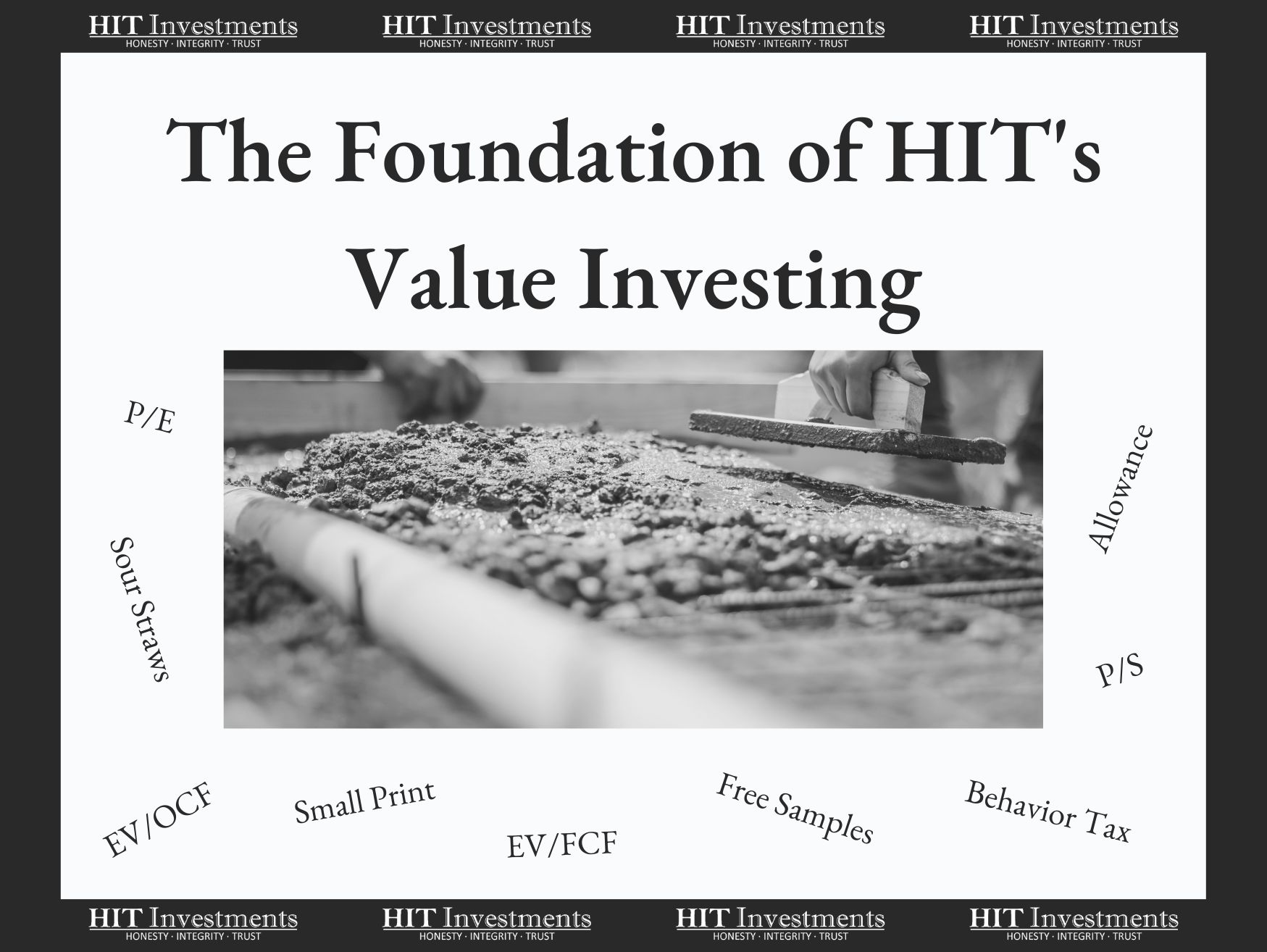Why am I investing? What is my Time Horizon? What is my Risk? What is my Liquidity Requirement? These are all thought-provoking questions meant to aid in building a firm investing foundation. Once you’ve built the foundation, you can start choosing your investment goals.
Investment goals are split into four categories based upon the risk/return tradeoff. This tradeoff infers that higher returns are associated with higher risk investments and lower returns are associated with lower risk investments.
While this may not always be true with respect to any single investment, the risk/return tradeoff has generally been proven true over time in the fund industry. You, the investor, must consider how much risk you are willing to take on for the benefit of potentially higher returns.
With this in mind, the four general investment fund categories are Growth, Conservative Growth, Income, and Preservation of Capital.
General Investment Fund Categories
Let’s look at them individually. Once you have built the foundation, you can choose the right investment goal for your personal financial needs!
Growth
This goal emphasizes a higher potential for capital appreciation but usually at above-average risk. You can generally expect higher returns over time but more volatility in the short term. Growth encompasses most small, mid and large cap stock funds.
Conservative Growth
This goal generally emphasizes less capital appreciation and less risk than Growth funds by adding bonds and dividend producing large-cap stocks to the portfolio. The benefit over Growth is generally lower risk and less short-term volatility. The benefit over Income is higher capital appreciation.
Income
This goal emphasizes current cash flow (e.g. interest payments) as opposed to capital appreciation (e.g., increase in share price). Such funds hold a variety of government, municipal and corporate debt obligations, preferred stock, and money market instruments. You can generally expect fewer returns than the two Growth fund options but you can also expect less risk and volatility.
Preservation of Capital
This goal is to prevent a sudden loss in value. It offers little in the way of capital appreciation and cash flow. If held long term, this goal is highly susceptible to inflation risk. Funds in this category invest in the safest short-term instruments, such as Treasury bills (T-bills), Certificates of Deposit (CDs), or Money Market Accounts (MMA).
Knowing Your Investment Goals
- Why am I investing
- What is my time horizon
- What is my risk tolerance and capacity
- What is my liquidity requirements
- Choosing my investment goal
- Growth
- Conservative Growth
- Income
- Preservation of Capital








Leave A Comment